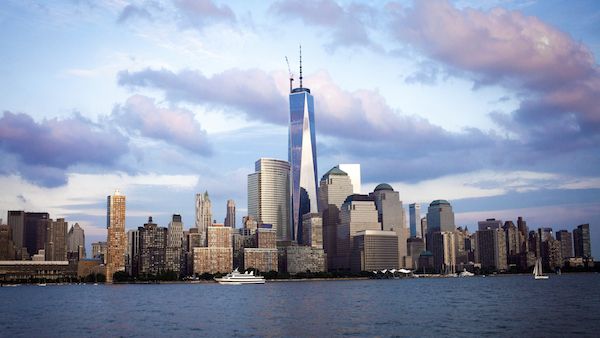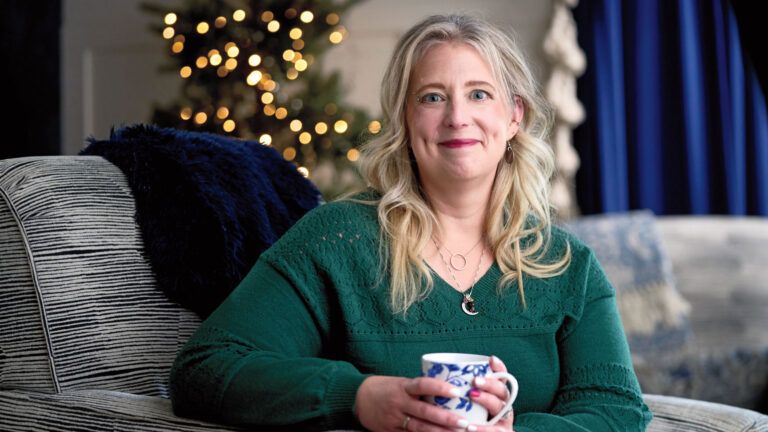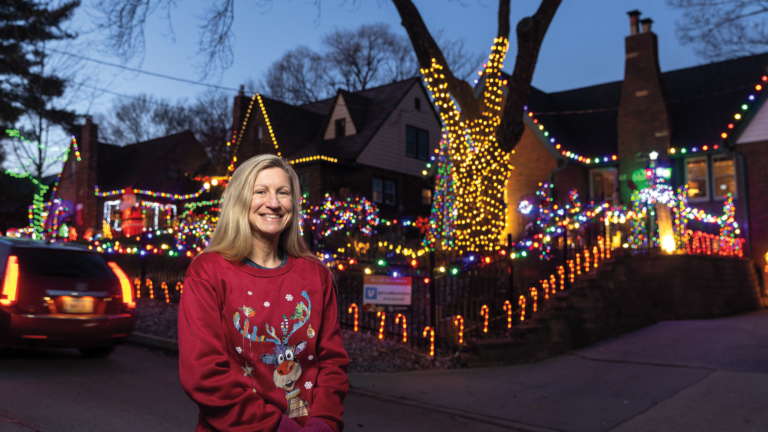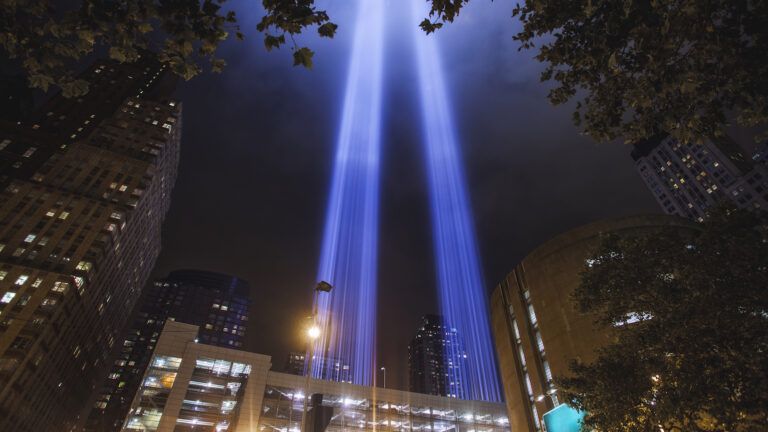Years ago on a brilliant July day I was hiking with some buddies through the treeless moors of northern England. We came to a small farm, the field splashed with red poppies, like the ones my grandfather used to give us from the American Legion for Veterans Day, made of crepe paper and wire.
“What beautiful poppies,” we said to the farmer, a weather-beaten oldster in dungarees and a floppy hat. He looked at the three of us American boys, raised his hat and then said something in such a thick Yorkshire accent it was impossible to understand. All I could decipher was “ninetieth” and “some.”
“Great,” we said, faking comprehension and headed on our way, trudging up a hill. Only after we had gone a half mile was I able to make sense of his words. “That man said, ‘90th Anniversary of the Battle of the Somme,’” I told my pals. “Today must be the 90th anniversary of that terrible World War I battle.” I later discovered that on July 1, 1916, in one day, the British suffered terrible losses, 60,000 casualties including 20,000 dead.
On September 11, 2001, nearly 3000 people died, the majority of them in New York City, a couple blocks away from our current Guideposts editorial offices. A new skyscraper, the Freedom Tower, has taken the spot on the skyline where the World Trade Center once stood. A beautiful memorial has been erected in the ground and just this spring a museum on the site opened up. People who have visited say it’s very moving.
For reasons I can’t fully fathom I haven’t gone to the museum, haven’t looked at the photos and videos, haven’t felt I needed to relive the day that way. Perhaps that’s true for many New Yorkers. We have our own personal memories. Like that old farmer in Yorkshire, we never forget.
I remember the weather, how astonishingly beautiful and clear it was, the sky a particular September blue that I secretly think of as “9-11 weather,” all the more startling for the smoke that ripped across it. I remember the kindness and courtesy we New Yorkers, often rumored to be ornery and aloof, showed to each other that week, ready to console anyone and everyone.
“Did you know anyone in the towers?” was the first question we asked. “Is there anyone we should pray for?” We took comfort, as much as we could, in the stories from friends who just missed being there, like a buddy who had to drop his son off at the first day of nursery school and wasn’t on the office floor when all his colleagues were lost. A bewildering, hard-to-fathom comfort, as I say.
I particularly remember all the Xeroxed eight-by-ten pictures of loved ones, hastily put up on lamp posts and the sides of buildings. “Have you seen…?” they asked poignantly. “Do you have any news of…?” they chanted. At first, we hoped, we believed, we yearned to find that those lost loved ones weren’t really lost. That they would be found.
But then those hope-filled eight-by-ten Xeroxed pictures became a gallery of the dead. And we grieved at the sight of them. We held church services and prayed in public parks, offering moments of silence. We called each other, we watched TV. At the end of the week it poured rain, and that felt right, better than the blue skies for the pain we felt.
We got on with our lives, of course, because that’s what one does. The human psyche is strong and can weather many battles. We attended funerals and memorial services and wrote sympathy notes. The five-year anniversary passed, the 10-year did too. This year it’s only 14, not a milestone number.
But we hold our memories in our hearts and pray for peace, peace that seems ever elusive. We pray that the pain we suffered will bring us greater compassion. We remember exactly where we were that day, and even without a Flanders-like field of poppies, we honor the dead by living lives of great care, doing all we can to bring goodness to a grieving world. We never want to forget.





